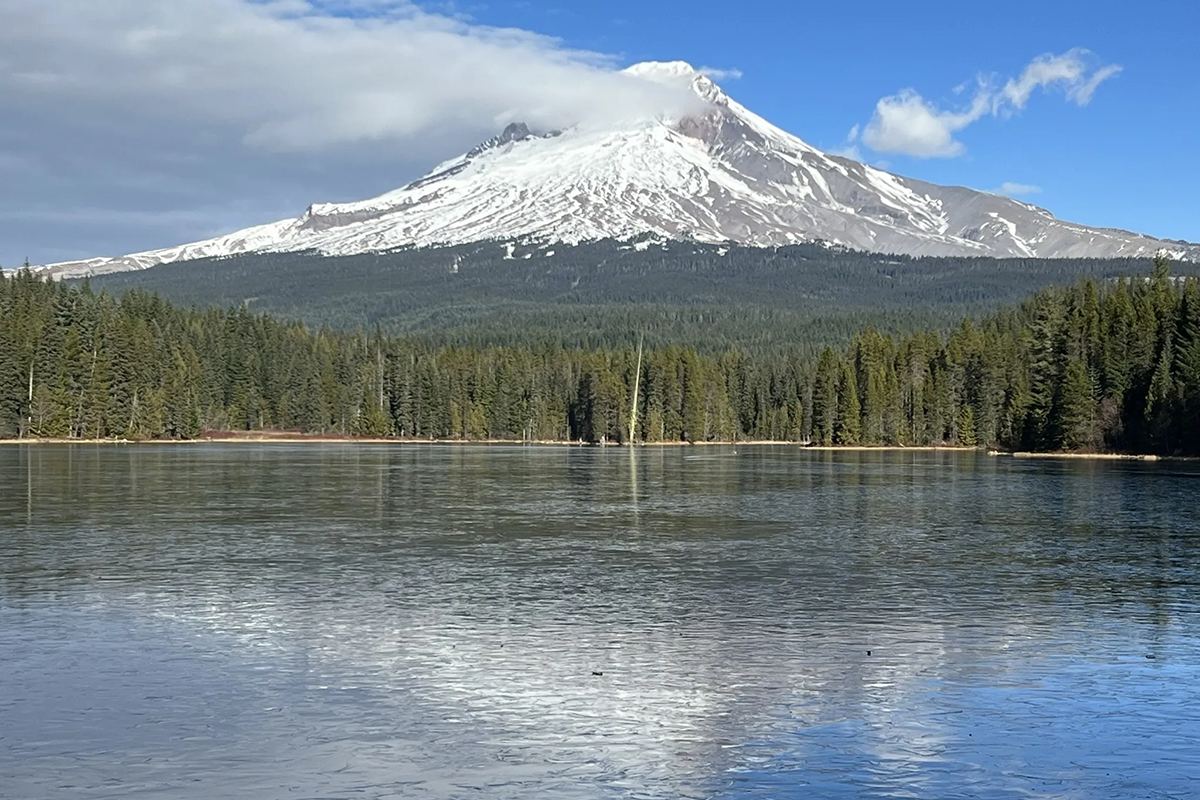

Winter is here, and for many people, this feels like the end of hiking season. The good news is, hiking doesn’t have to stop just because the temperature drops and there’s snow on the ground. This is a great time to visit parts of the country that are too hot in the summertime, or break out the snowshoes and enjoy the mountains despite the snow.
These are some of the best hikes to enjoy this winter so that you can still get outside even though it’s winter.
Before you go, it’s important to know how to layer clothing for winter. Also check out our day hiking checklist with essential gear to pack.
Fairyland Loop Trail, Bryce Canyon National Park, UT
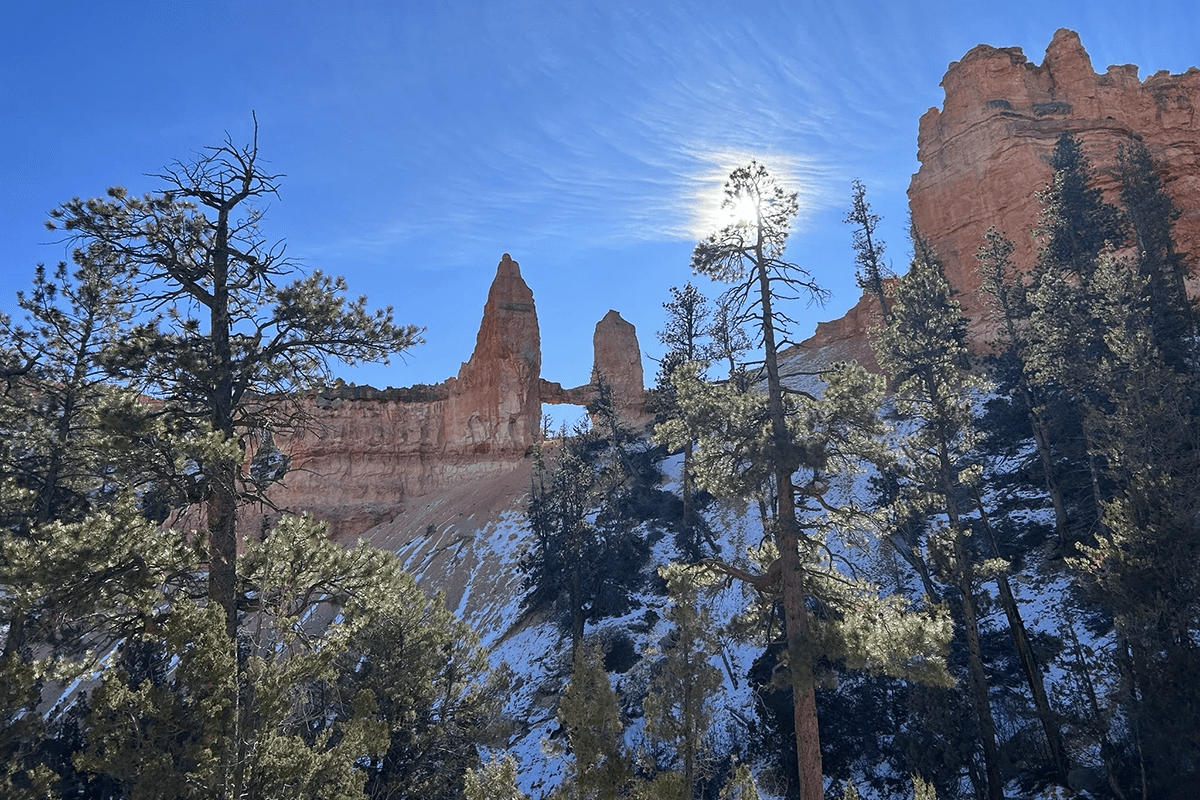
For an incredible mix of high desert landscape, red rocks, and snow, Bryce Canyon is a wonderful and mystical landscape to explore. While the temperatures here tend to drop quite low in the winter, this is the only time of year you can experience the bright contrast of snow on the red hoodoos that Bryce Canyon is known for.
Hoodoos are tall rock spires that are formed as the result of plate tectonics and erosion. The hoodoos here in Bryce Canyon are iconic because of their bright red color, which is characteristic of Utah’s Mighty Five National Parks. One of the best hikes that will allow you to get down into the hoodoos is the Fairyland Loop Trail.
The Fairyland Loop Trail is approximately 8 miles long and combines hiking along the canyon rim and hiking down into the canyon. This will allow you to get views of the canyon from above, and experience these unique rock formations up close. Most people hike the trail counterclockwise, starting from the Tower Bridge Trailhead. The Fairyland Loop Trail is considered to be moderate to difficult, and in the winter, make sure you bring microspikes–Bryce Canyon can be icy if it’s snowed recently.
Ryan Mountain, Joshua Tree National Park, CA
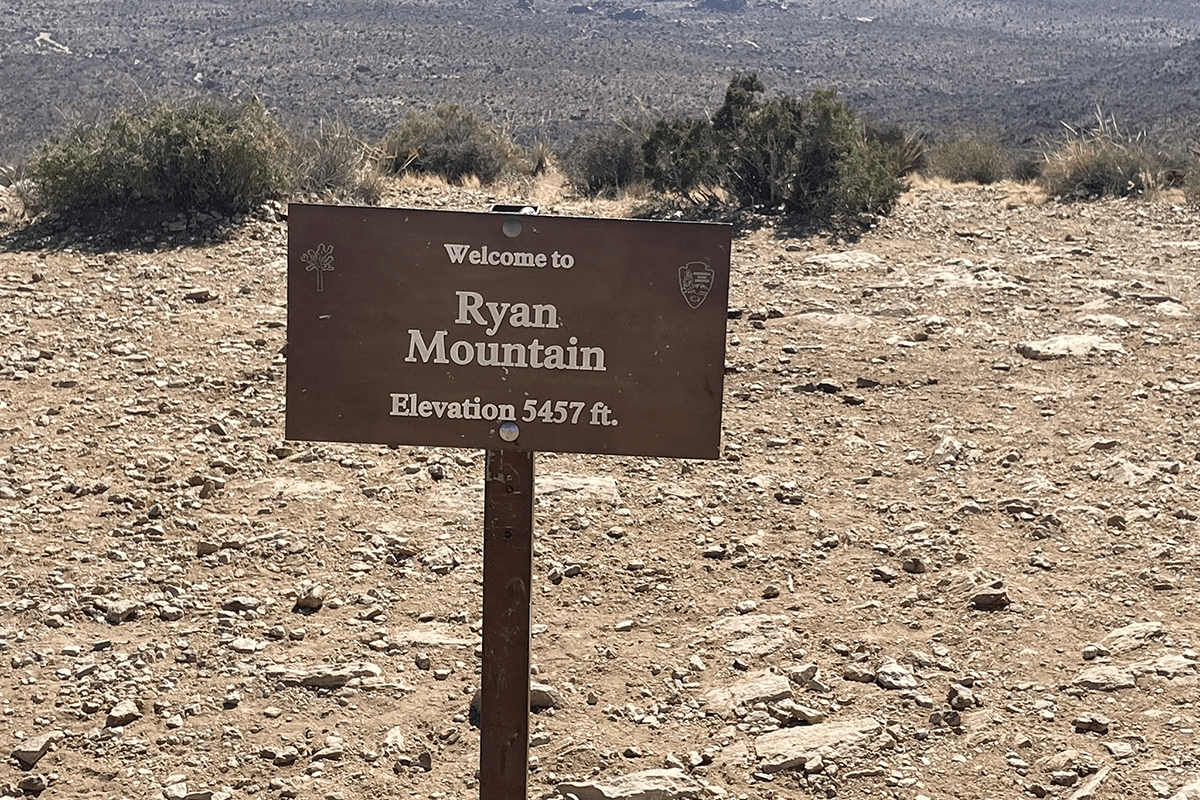
Joshua Tree is one of those places that can be miserable to visit in the hot summer, but is nothing short of pleasant in the winter. Joshua Tree is known, for its unique “trees” that are actually part of the yucca family, its towering granite rock formations, and its concentration of cholla cactus. The combination of Joshua Trees and cholla cacti mark a point where the Mojave and Colorado Deserts meet each other, and while there are many unique ways to experience this stunning and unique desert landscape, one of the best ways is by hiking.
Ryan Mountain is one of the park’s must-do hikes, gaining an impressive 1,000 feet over the 1.5 miles it takes to get to the top. The trail itself is about 3 miles long and provides some of the most stunning 360-degree views of the park and the nearby Mount San Jacinto and Mount San Gorgonio–Southern California’s tallest peak. Ryan Mountain itself tops out at about 5,000 feet. This trail is definitely on the more difficult side, but if you take it slow and start early, even beginner hikers should be able to make it to the top. Bring plenty of water, layers for wind, and microspikes–some sections of the trail can be icy after a rain or snowstorm.
Backbone Trail, Santa Monica Mountains National Recreation Area, CA
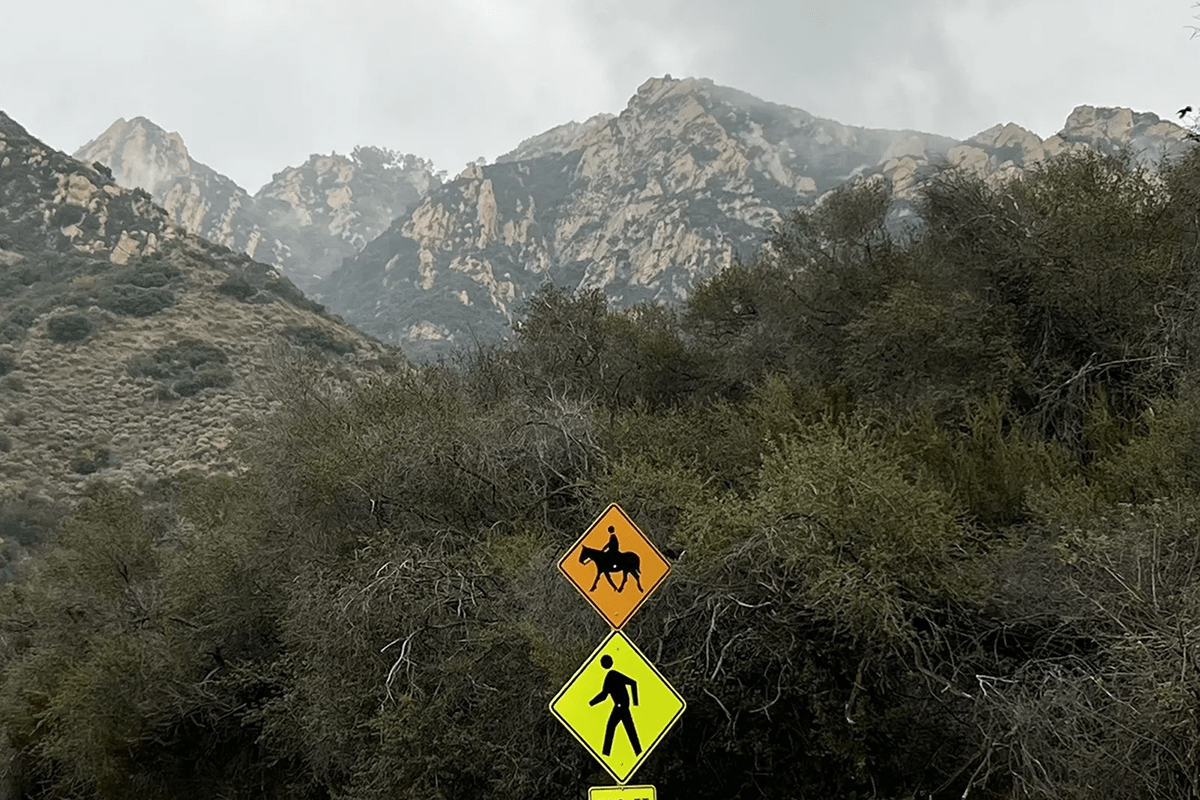
Moving closer to the coast, but staying in the pleasant weather of Southern California, the Backbone Trail and the Santa Monica Mountains are a great option for getting outside in winter. The Santa Monica Mountains are a small mountain range that divides the city of Los Angeles. This incredible urban wilderness is known for being one of the only true Mediterranean landscapes outside of Europe and is home to sandstone rock formations, native plants such as the California oak, and wildlife like coyotes, quail, and mountain lions. This recreation area is managed by both the National Park Service and the California State Park Service, so it’s best to double check trail regulations before you head outside as things like dog accessibility can vary.
The Backbone Trail is a 70 mile long point-to-point trail that traverses this unique mountain range, and gains nearly 13,000 feet. Most people don’t hike the entire trail though, but rather, choose sections to complete as out and back day hikes. The trail itself crosses through multiple state parks, as well as some federally managed land.
Some of the most popular sections include Eagle Rock, which is a stunning viewpoint of Topanga State Park, Sandstone Peak, known for being the highest point in the Santa Monica Mountain Range at about 3,000 feet, and the Ray Miller Trail, which overlooks the ocean at Point Mugu State Park. This mountain range is almost guaranteed to be snow free, and in the late winter and early spring, is alive with green grass and native wildflowers.
Trillium Lake, Mount Hood National Forest, OR
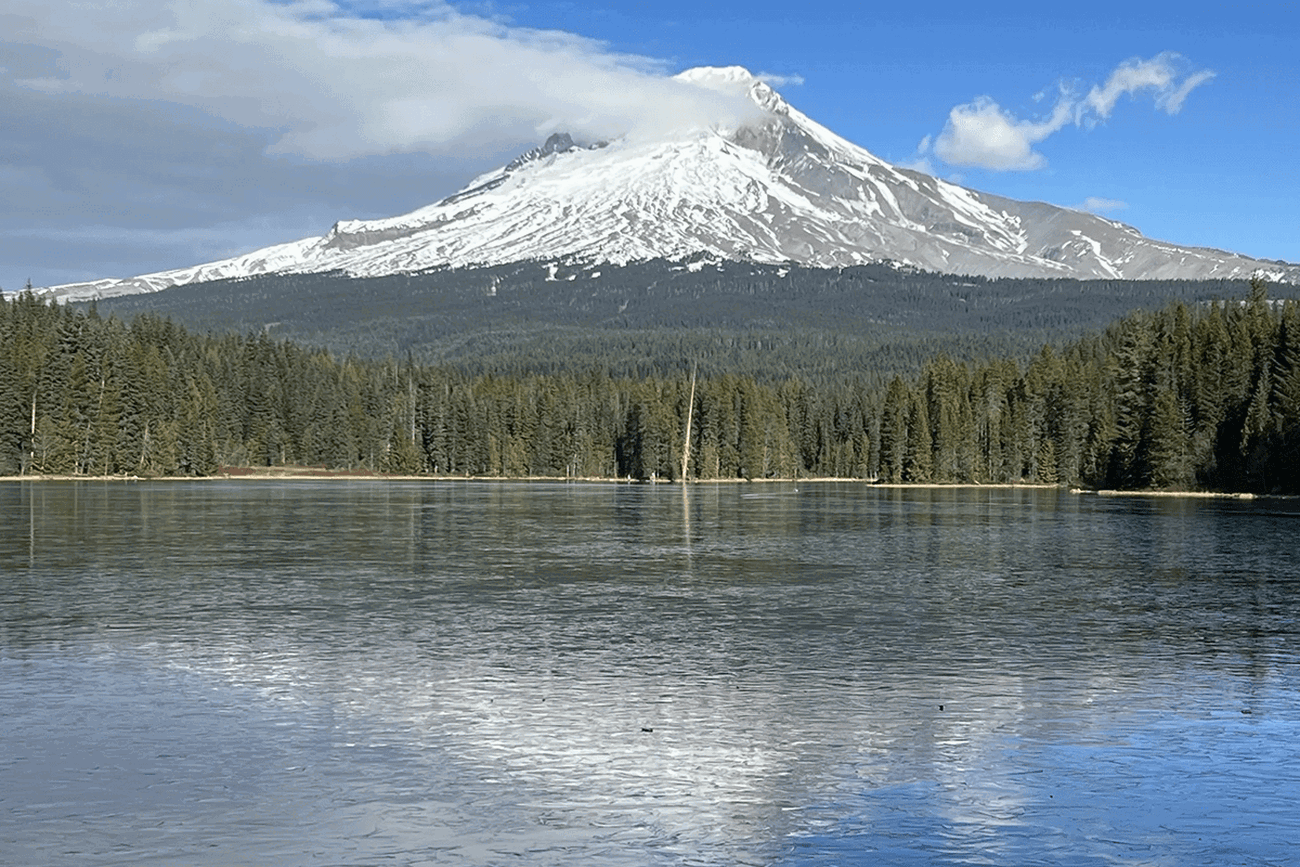
If you’re okay with braving the cold for a little bit, there’s no reason you shouldn’t embrace winter for all that it is and attempt a snowshoe hike. Oregon’s Mount Hood National Forest is one of the snowiest places in the state, but it also offers some of the best options for snow hiking and snowshoeing in the winter.
The Mount Hood National Forest is home to four different designated wilderness zones, one of the country’s longest ski seasons, and of course, the 11,239 foot Mount Hood—Oregon’s tallest mountain. The forest is full of stunning Douglas firs, alpine lakes, and incredible wildlife. On a clear day, there are lots of trails that can lead to amazing views of the mountain itself, and one of the most popular viewpoints is from Trillium Lake.
The main road into Trillium Lake closes in the winter, so most people park at the nearby sno- park before snowshoeing in. Just make sure you pick up a sno-park permit in Portland, Sandy, or Government Camp before you arrive. The trek to the lake is about 2 miles long, and this path is shared between many different winter sports, including backcountry skiing. Once you reach the lake, you’ll have the option to complete the loop trail around it, which is about 3.5 miles total, or simply turn around once you’ve taken plenty of pictures of Mount Hood from across the water (or ice). This is known as one of the best beginner snowshoe hikes in the area and it’s definitely a must-see if you’re traveling to Oregon in the winter.
South Kaibab Trail, Grand Canyon National Park, AZ
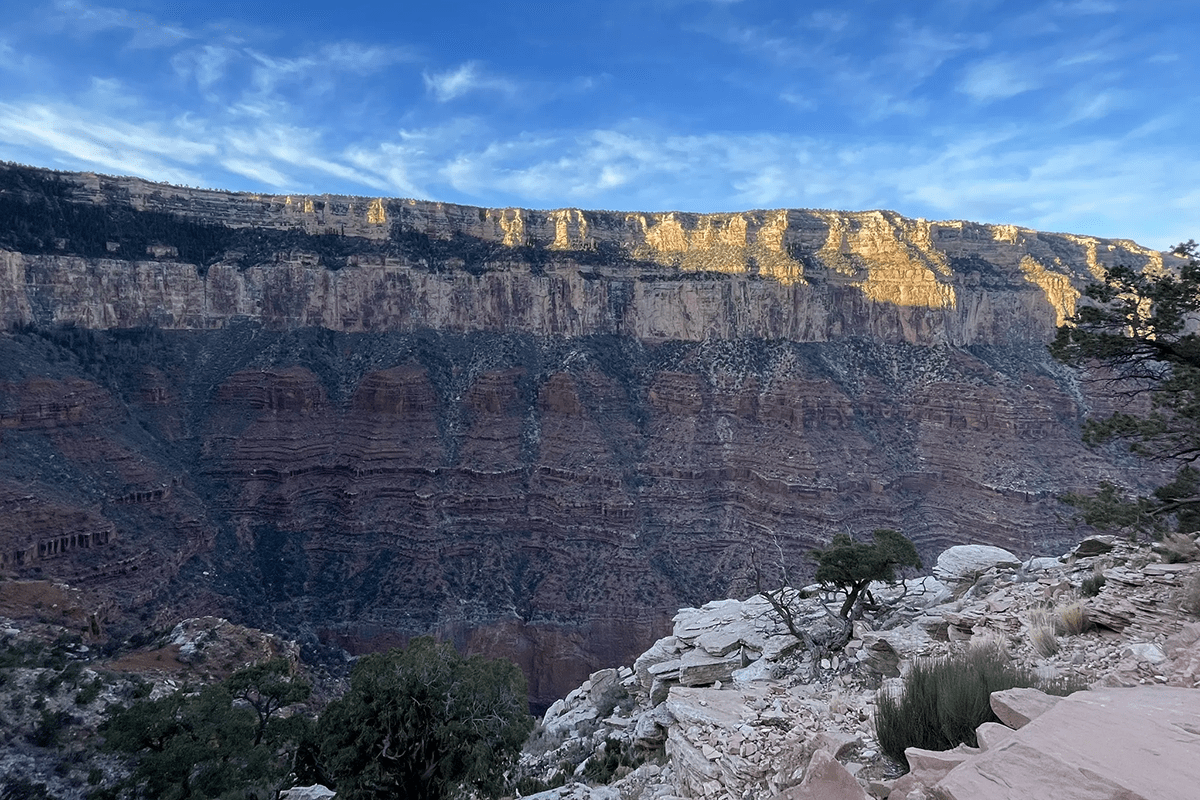
There’s nothing like an iconic Grand Canyon trip during the winter. The Grand Canyon is a bucket list destination for many hikers and national park explorers, and winter is a great time to visit and complete a longer hike into the canyon. While it might be cold on the rim, this famous natural wonder tends to get warmer the further down you hike due to the drop in elevation, making winter the best time to safely hike down.
In the winter, Grand Canyon National Park is only accessible from the South Rim due to snowy winter conditions on the North Rim. This incredible canyon is home to deep red sandstone and limestone walls, and wildlife such as javelina, North American elk, and California condors. The canyon was carved by the Colorado River about 6 million years ago, and the canyon itself is about 277 miles long. This spectacular natural wonder can be experienced in many different ways, but there’s nothing like putting your boots on the ground and hiking down. The South Kaibab Trail is the only trail into the canyon that will be fully accessible in winter 2023-2024 due to a closure on the Bright Angel Trail.
There are many different stopping points along the South Kaibab Trail where you can turn around and hike back up, depending on your comfort levels. While no section of this trail is considered easy, you’ll be able to take your time if you choose to turn around at one of the earlier viewpoints. Ooh-Ahh Point is 0.9 miles from the rim and is a great option for beginner hikers. Cedar Ridge stands at 1.5 miles down, and makes for a great lunch view and a good turnaround point for intermediate hikers. Advanced hikers might want to continue down to Skeleton Point, located 3 miles from the rim, where you’ll get views of the Colorado River. Expert hikers and backpackers can continue down to the river itself, but this is not recommended and camping in the canyon does require a permit.
Just remember, what goes down must come up. Bring plenty of water, and don’t push your limits–the Grand Canyon isn’t a force to be messed with.
There are many stunning hikes throughout the U.S. that are best done in the winter months. This is a fantastic time to take advantage of locations that might be too hot or unsafe in the summer, see native plants that only bloom after a wet season, or experience hiking in the snow for the first time.
Wherever you get outside this winter, make sure you take the time to truly enjoy it—the cold weather will be over before we know it.
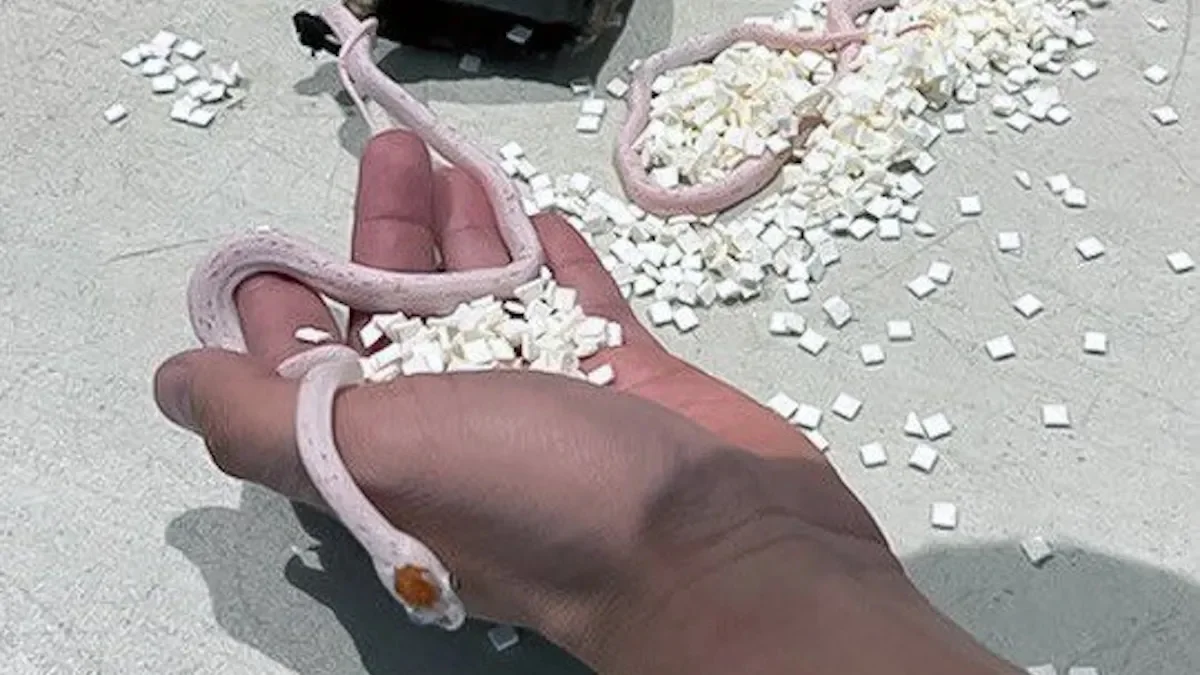
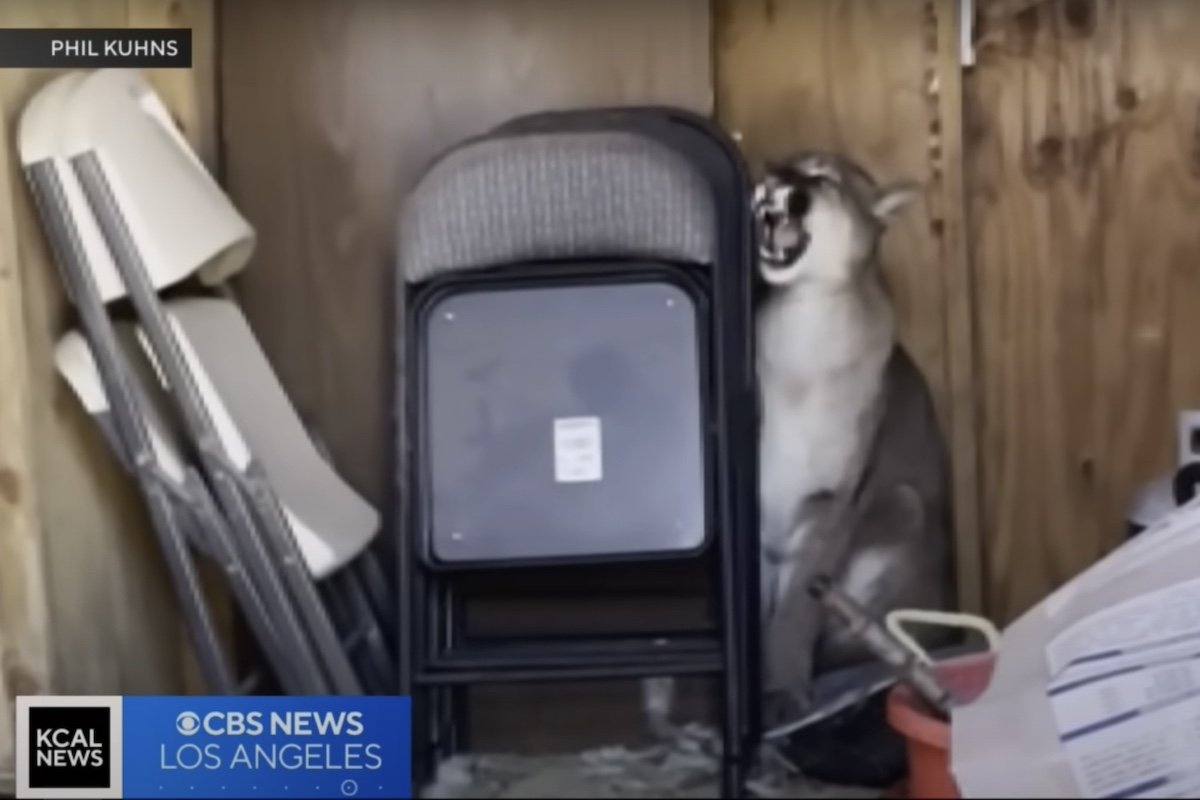


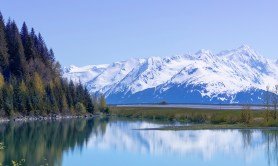
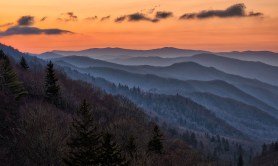

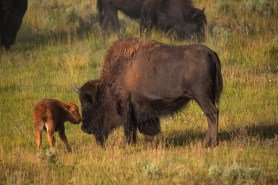
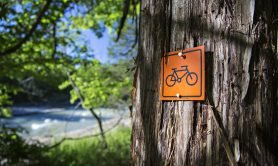
Why is just about every outdoors publication always talking about Nat’l & State Parks in the western states?